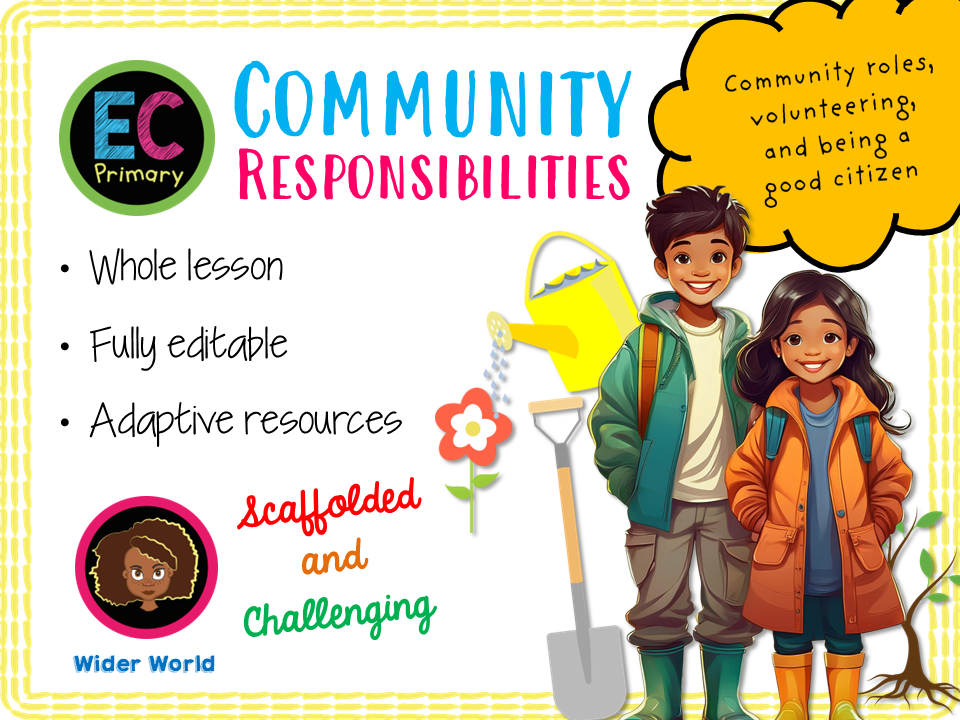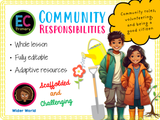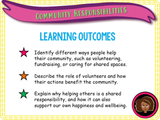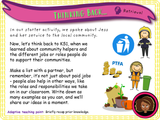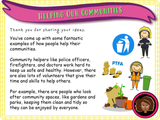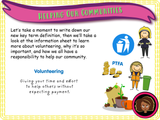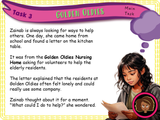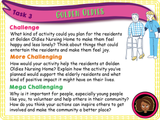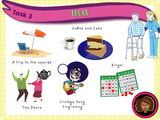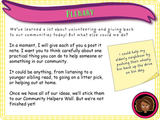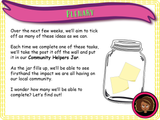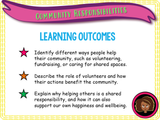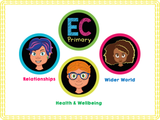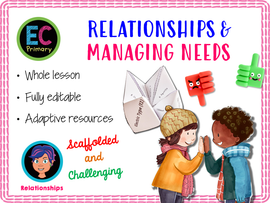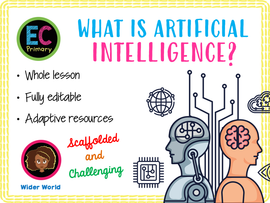Community Responsibilities - Volunteering
Volunteering and Community Responsibilities
A one-hour, detailed, fully resourced PSHE lesson designed for Year 3 (Lower KS2). This lesson focuses on understanding the importance of volunteering and taking on community responsibilities. In this lesson, students will explore what it means to volunteer, why volunteering is important, and how it contributes to the wellbeing of our communities. They will discuss different volunteer roles and reflect on how these actions benefit others.
Looking to save money? Check out this value bundle
Volunteering and Community Responsibilities
A one-hour, detailed, fully resourced PSHE lesson designed for Year 3 (Lower KS2). This lesson focuses on understanding the importance of volunteering and taking on community responsibilities. In this lesson, students will explore what it means to volunteer, why volunteering is important, and how it contributes to the wellbeing of our communities. They will discuss different volunteer roles and reflect on how these actions benefit others.
Looking to save money? Check out this value bundle


